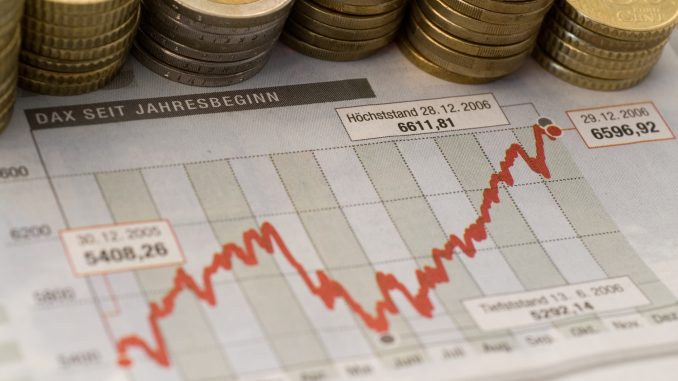
Fixed deposits (FDs) have been a popular investment option for many years, offering a safe and secure way to grow your savings. However, with rising inflation rates, many people wonder if their FDs are still a wise investment choice. In this article, we’ll explore the relationship between FD interest rates and inflation and how it affects the value of your savings. We’ll also discuss alternative investment options to help you beat inflation and grow your wealth.
Understanding FD Interest Rates & Inflation
The FD interest rates offered by banks and other financial institutions are often the main factor that attracts investors. However, it is crucial to understand that the purchasing power of money decreases over time due to inflation. Inflation refers to the rising prices of goods and services over time. Thus, comparing the FD interest rates and the inflation rate can tell us whether our savings are keeping up with the pace of inflation.
FD Interest Rates Vs Inflation: The Impact on Savings
FD interest rates and inflation have a direct impact on your savings. When inflation is high, the purchasing power of your money decreases, and if the interest rates on your FDs cannot keep up with inflation, your savings lose value over time. For instance, if the inflation rate is 5% and the FD interest rate is 4%, the real return on your investment is negative 1%. This means that the value of your savings is decreasing despite earning interest.
Ways to Mitigate the Impact of Inflation on Savings
- Diversifying Investments: One way to mitigate the impact of inflation on savings is to diversify your investments across different asset classes, such as stocks, bonds, and commodities. This helps ensure your portfolio is not overly exposed to any investment.
- Invest in Inflation-Linked Instruments: Another way to protect your savings against inflation is to invest in inflation-linked instruments such as inflation-indexed bonds or mutual funds.
- Understanding Risk and Returns: It is essential to understand your investments’ risk and return profile, especially when it comes to inflation. Some investments, such as stocks, may provide higher returns over the long term but come with a higher level of risk. On the other hand, fixed-income investments such as bonds and FDs offer lower returns but are less risky.
- Invest in Real Estate: Investing in real estate can also be an excellent hedge against inflation. Property values rise with inflation, and rental income can provide a steady stream of cash flow that helps offset the rising prices’ impact.
Conclusion
FD interest rates are an essential factor to consider when investing your savings. With inflation rates on the rise, there’s a risk that your savings may be losing value over time if the interest rates on your FD are not keeping up with the rate of inflation. Therefore, it’s crucial to keep a close eye on the FD interest rates and explore a variety of investment options to help minimise the impact of inflation on your wealth.

Leave a Reply